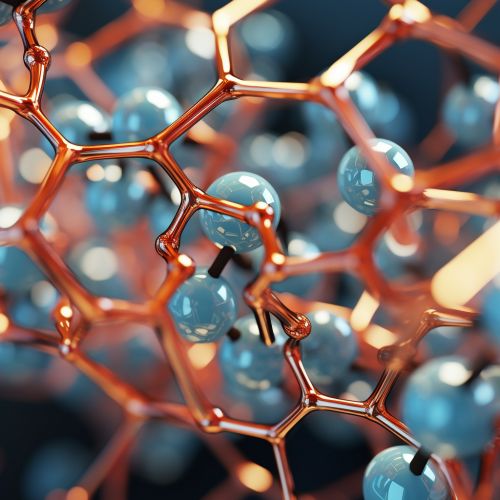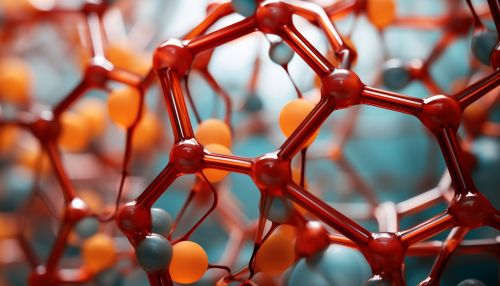Advances in the Design of Supramolecular Structures
Introduction
Supramolecular structures are assemblies of molecules, bound together through non-covalent interactions such as hydrogen bonding, van der Waals forces, and π-π interactions. These structures have been the subject of extensive research due to their potential applications in various fields, including materials science, nanotechnology, and medicine. This article will delve into the recent advances in the design of supramolecular structures, highlighting the progress made in their synthesis, characterization, and application.


Synthesis of Supramolecular Structures
The synthesis of supramolecular structures involves the careful selection and combination of molecular components, guided by principles of supramolecular chemistry. The goal is to create structures with desired properties and functions. This process often involves the use of self-assembly, where molecules spontaneously organize into ordered structures due to non-covalent interactions.
Self-Assembly
Self-assembly is a key strategy in the synthesis of supramolecular structures. It involves the spontaneous organization of molecules into ordered structures due to non-covalent interactions. This process is guided by principles of thermodynamics and kinetics, and can lead to the formation of a wide range of structures, from simple dimers and trimers to complex networks and frameworks.
Host-Guest Chemistry
Another important aspect of supramolecular synthesis is host-guest chemistry, where one molecule (the host) forms a complex with another molecule (the guest) through non-covalent interactions. This approach has been used to create a wide range of supramolecular structures, including cyclodextrin complexes, crown ether complexes, and calixarene complexes.
Characterization of Supramolecular Structures
The characterization of supramolecular structures involves a range of techniques, including spectroscopy, microscopy, and diffraction methods. These techniques provide information about the structure, composition, and properties of the supramolecular assembly.
Spectroscopy
Spectroscopic techniques, such as nuclear magnetic resonance (NMR), infrared (IR), and ultraviolet-visible (UV-Vis) spectroscopy, are commonly used to characterize supramolecular structures. These methods provide information about the chemical environment of the molecules in the structure, and can help to identify the types of non-covalent interactions present.
Microscopy
Microscopic techniques, such as scanning electron microscopy (SEM) and transmission electron microscopy (TEM), are used to visualize supramolecular structures. These methods can provide detailed images of the structures, revealing information about their size, shape, and arrangement of molecules.
Diffraction Methods
x-ray crystallography and neutron diffraction are powerful techniques for determining the detailed atomic and molecular structure of supramolecular assemblies. These methods can provide precise information about the arrangement of molecules in the structure, and the nature of the non-covalent interactions between them.
Applications of Supramolecular Structures
Supramolecular structures have a wide range of potential applications, from materials science and nanotechnology to medicine and environmental science.
Materials Science
In materials science, supramolecular structures are used to create novel materials with unique properties. These include self-healing materials, which can repair themselves when damaged; responsive materials, which can change their properties in response to external stimuli; and photonic crystals, which can manipulate light in novel ways.
Nanotechnology
In nanotechnology, supramolecular structures are used to create nano-sized devices and systems. These include molecular machines, which can perform mechanical tasks at the molecular level; molecular electronics, which use molecules to perform electronic functions; and nanomedicines, which can deliver drugs directly to diseased cells.
Medicine
In medicine, supramolecular structures are used in drug delivery, imaging, and therapy. For example, supramolecular drug delivery systems can improve the efficacy and safety of drugs by delivering them directly to the target site in the body. Supramolecular structures are also used in medical imaging to enhance the contrast and resolution of images, and in photodynamic therapy to treat cancer and other diseases.
Conclusion
The design of supramolecular structures has seen significant advances in recent years, with progress made in their synthesis, characterization, and application. These structures have the potential to revolutionize a wide range of fields, from materials science and nanotechnology to medicine and environmental science. As our understanding of supramolecular chemistry continues to grow, we can expect to see even more exciting developments in the future.
